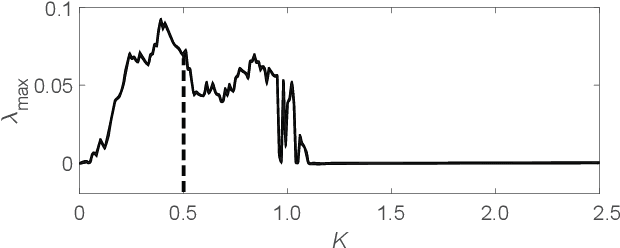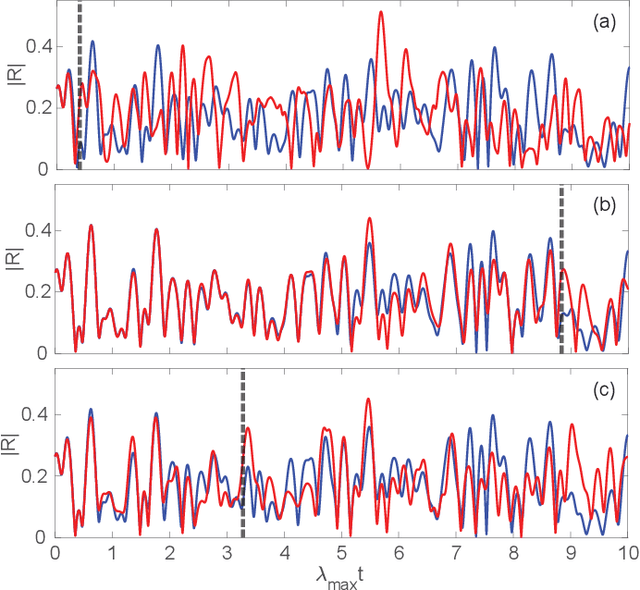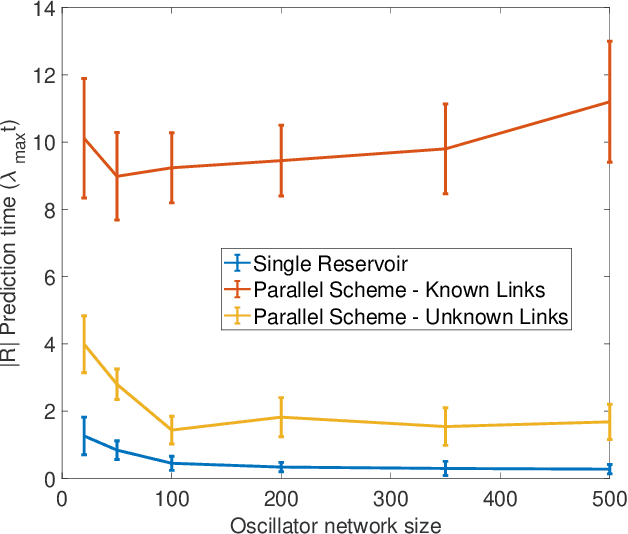Keshav Srinivasan
Boosting Reservoir Computing with Brain-inspired Adaptive Dynamics
Apr 16, 2025Abstract:Reservoir computers (RCs) provide a computationally efficient alternative to deep learning while also offering a framework for incorporating brain-inspired computational principles. By using an internal neural network with random, fixed connections$-$the 'reservoir'$-$and training only the output weights, RCs simplify the training process but remain sensitive to the choice of hyperparameters that govern activation functions and network architecture. Moreover, typical RC implementations overlook a critical aspect of neuronal dynamics: the balance between excitatory and inhibitory (E-I) signals, which is essential for robust brain function. We show that RCs characteristically perform best in balanced or slightly over-inhibited regimes, outperforming excitation-dominated ones. To reduce the need for precise hyperparameter tuning, we introduce a self-adapting mechanism that locally adjusts E/I balance to achieve target neuronal firing rates, improving performance by up to 130% in tasks like memory capacity and time series prediction compared with globally tuned RCs. Incorporating brain-inspired heterogeneity in target neuronal firing rates further reduces the need for fine-tuning hyperparameters and enables RCs to excel across linear and non-linear tasks. These results support a shift from static optimization to dynamic adaptation in reservoir design, demonstrating how brain-inspired mechanisms improve RC performance and robustness while deepening our understanding of neural computation.
Parallel Machine Learning for Forecasting the Dynamics of Complex Networks
Aug 27, 2021



Abstract:Forecasting the dynamics of large complex networks from previous time-series data is important in a wide range of contexts. Here we present a machine learning scheme for this task using a parallel architecture that mimics the topology of the network of interest. We demonstrate the utility and scalability of our method implemented using reservoir computing on a chaotic network of oscillators. Two levels of prior knowledge are considered: (i) the network links are known; and (ii) the network links are unknown and inferred via a data-driven approach to approximately optimize prediction.
 Add to Chrome
Add to Chrome Add to Firefox
Add to Firefox Add to Edge
Add to Edge